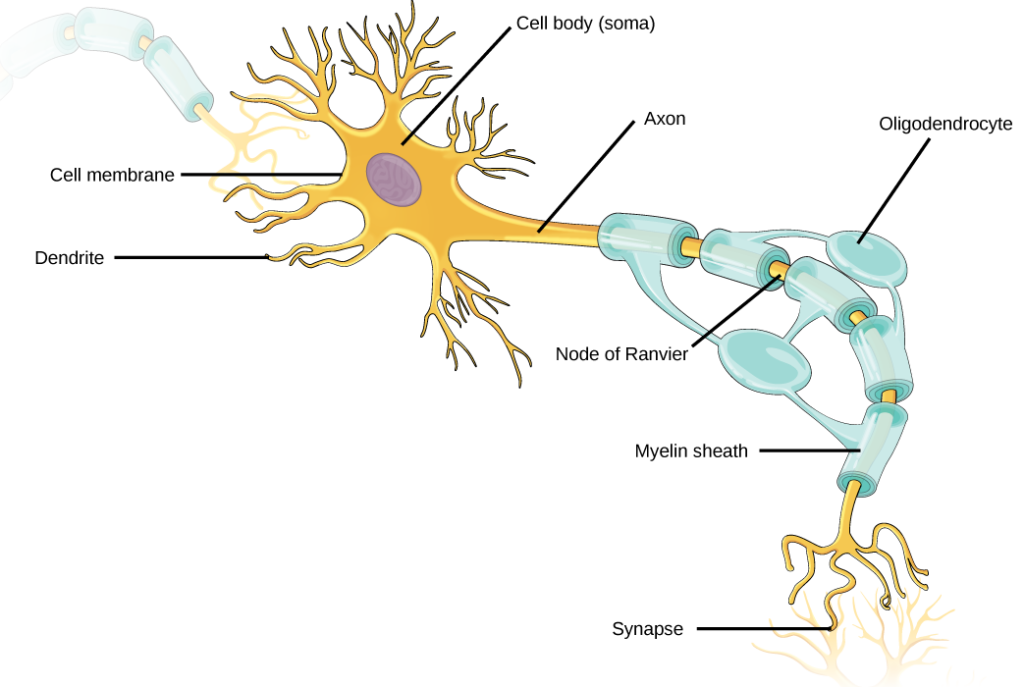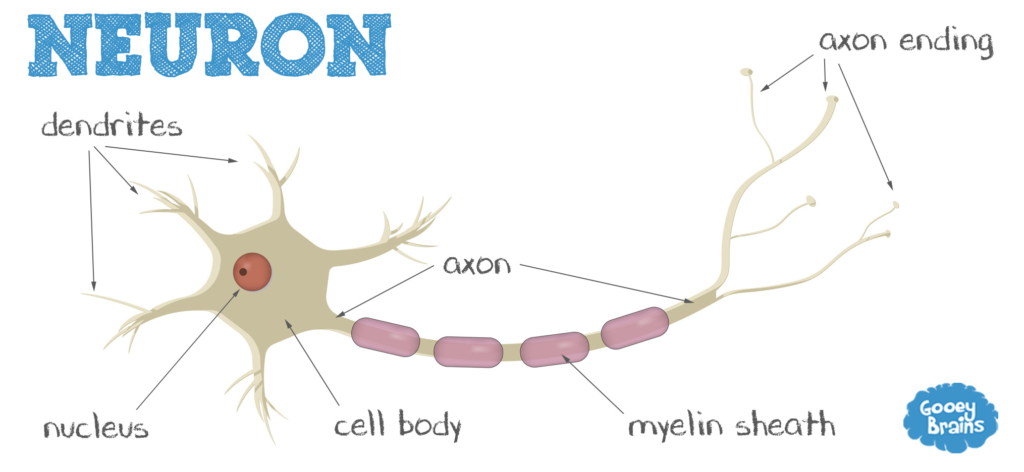

The branches of the NT are embellished in order to facilitate their identification. Depiction of ganglion cells is used to demonstrate where main aggregations are located. Diagrammatic sketch of the right side of the nervus terminalis and its extensions in an infant, seen from the median plane and projected onto the olfactory bulb and fila olfactoria.

In some species, such as the goldfish, they are widespread and involve the retina ( Von Bartheld and Meyer, 1986).įig. Eisthen and Northcutt (1996) operationally defined this nerve as “the anterior cranial nerve that projects a loose group of fibers between the nasal region and the hypothalamic–preoptic region of the forebrain, passing through or over the surface of the olfactory bulb.” Aside from its projections to forebrain regions involved in reproductive function ( Demski and Schwanzel-Fukuda, 1987), including the amygdala ( Jennes, 1987), its central projections are largely unknown. In the rhesus monkey, the NT-related cluster of neurons enters the parenchyma of the brain along with the branches of the anterior cerebral artery ( Silverman et al., 1982). More centrally, it forms a plexus beneath the most rostral part of the brain, lying medial to the olfactory bulb and tract, as shown in Fig. 9.3 ( Wirsig-Wiechmann and Lepri, 1991 Wirsig-Wiechmann, 1993b). Peripherally it is commonly comprised of a group of thin unmyelinated bipolar and unipolar neurons embedded within autonomic and chemosensory nerve fascicles in the nasal cavity, as shown for the human infant in Fig. Although seemingly ubiquitous throughout the vertebrates, the NT is a multifaceted paired structure that varies among species in terms of morphology, chemistry, and neural connections ( Von Bartheld, 2004 ).


 0 kommentar(er)
0 kommentar(er)
